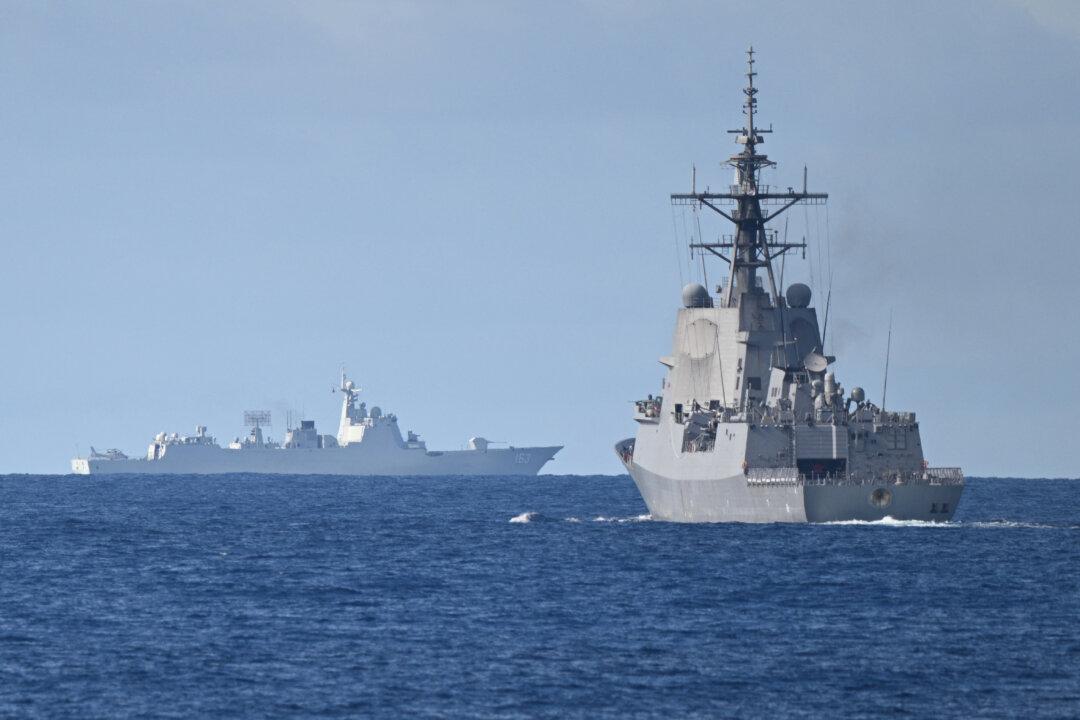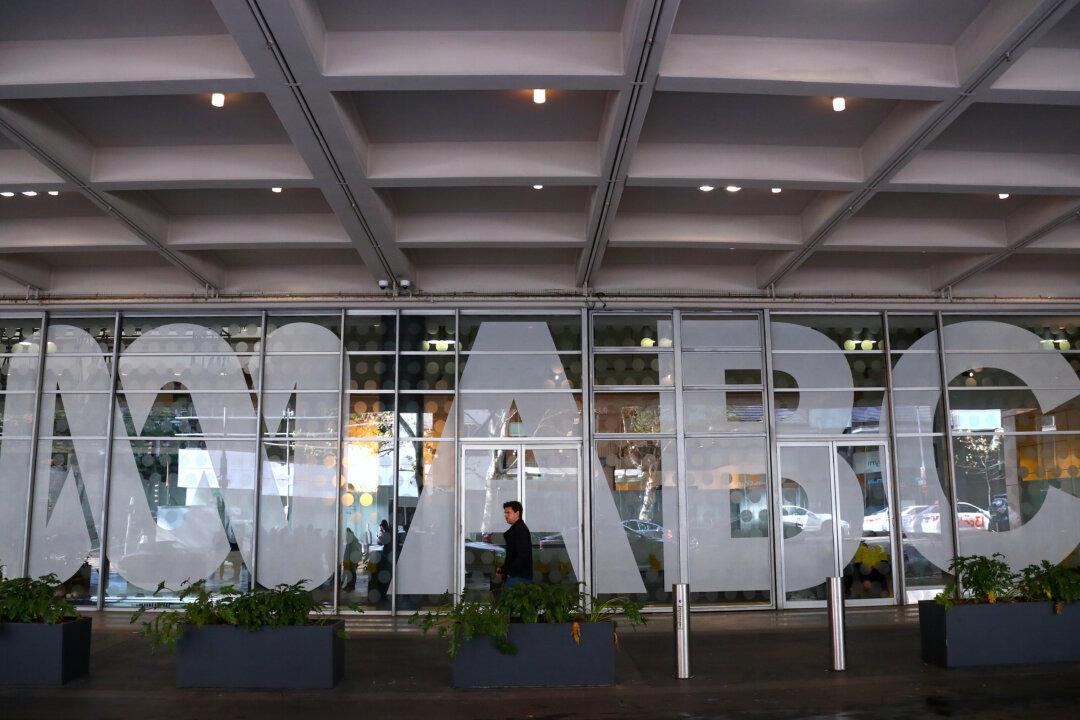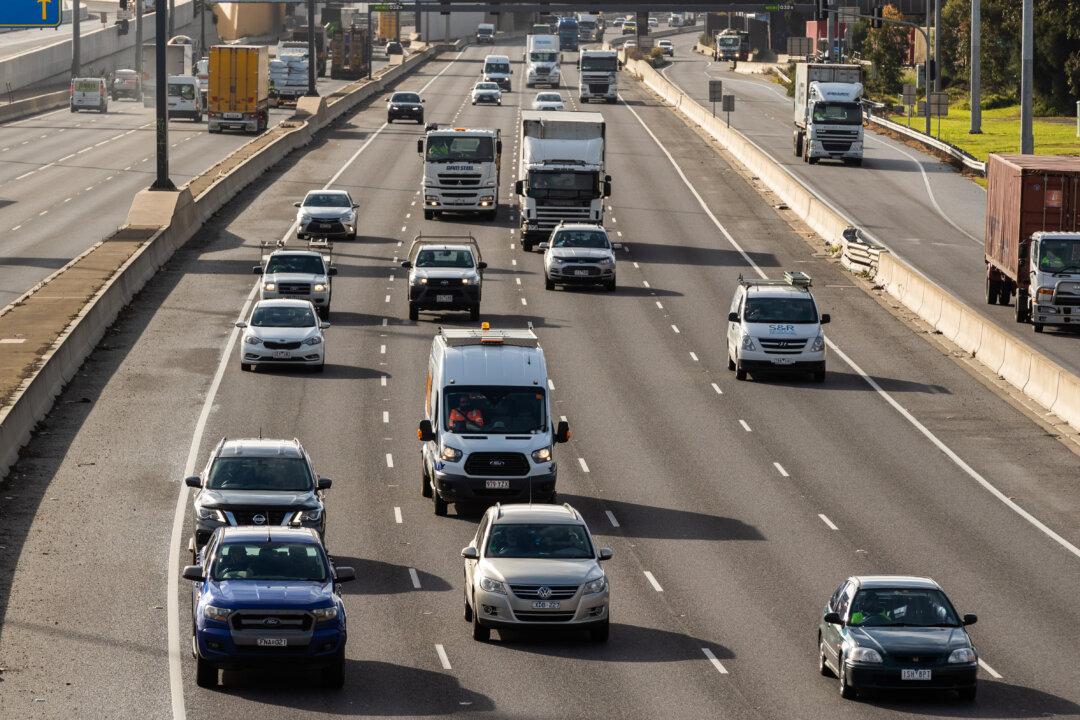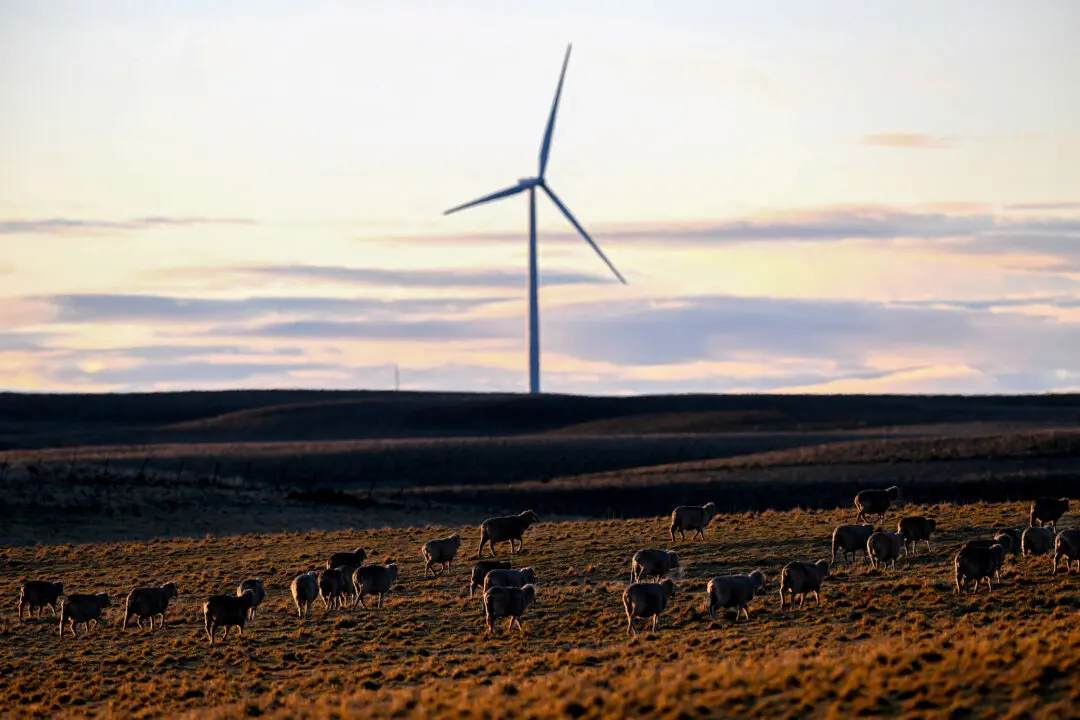The pace of Australia’s economic recovery has exceeded the expectation of many observers; however, a new report has warned that the country will not be able to sustain the current growth.
As indicated in the latest Deloitte Access Economics Business Outlook, Australia’s jobless rate was heading toward 3.5 percent, the lowest in half a century, while prices of export commodities soared to record highs, even higher than the peak of the resources boom a decade ago, thanks to the Russia-Ukraine war.





